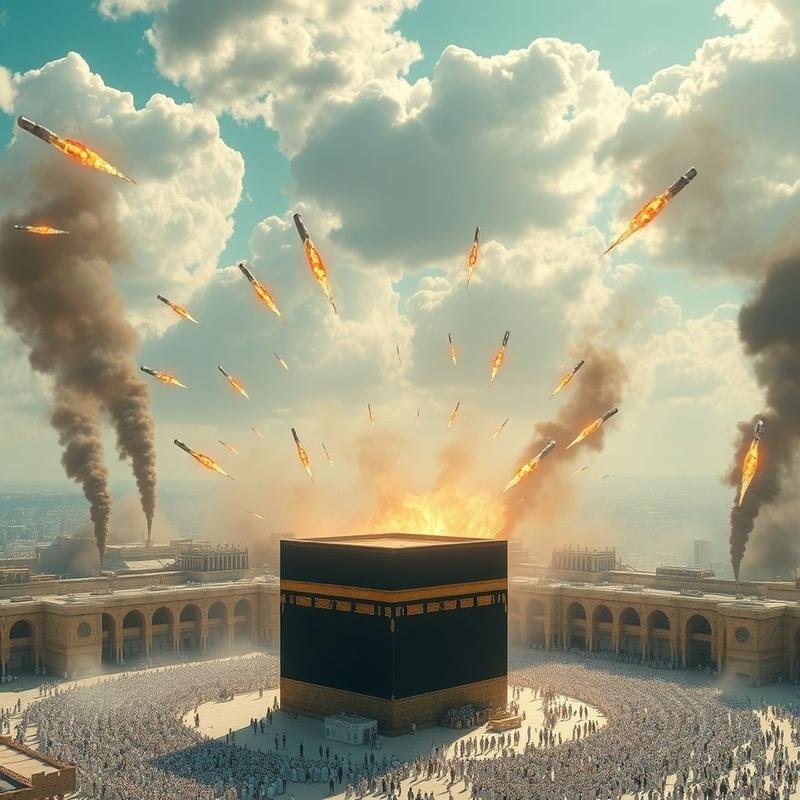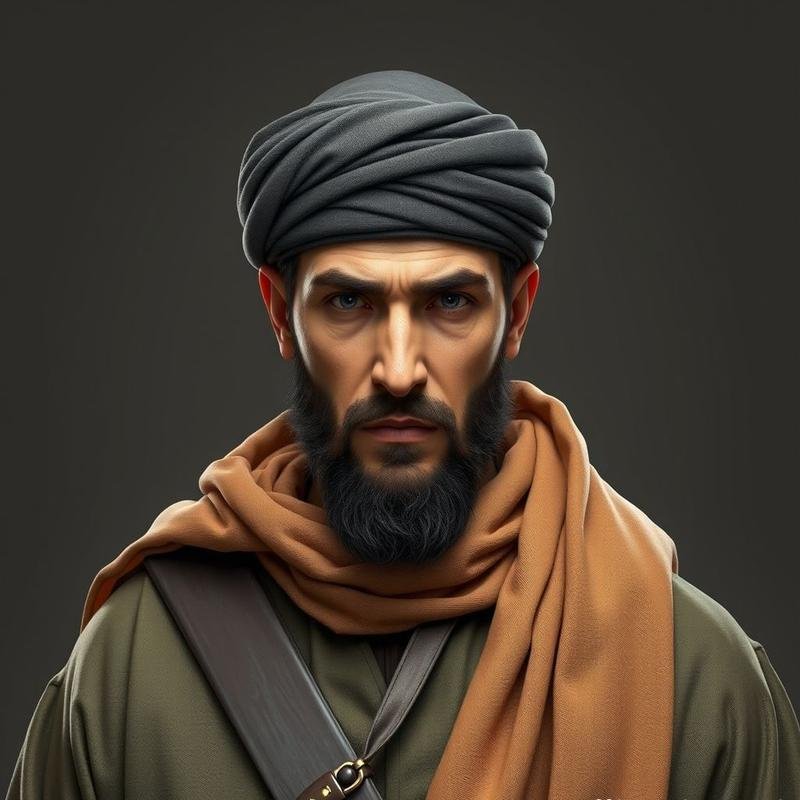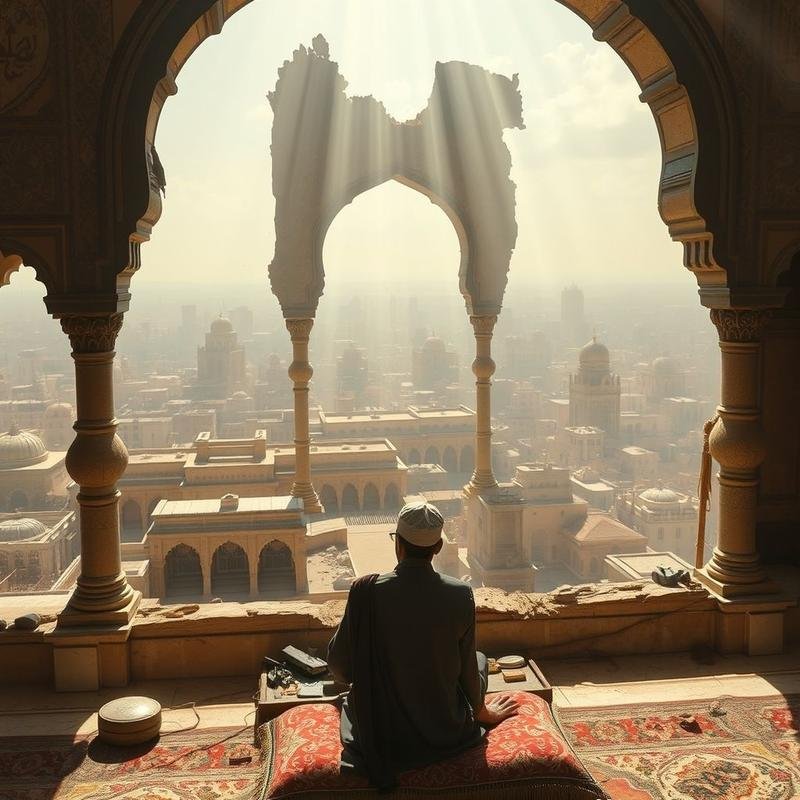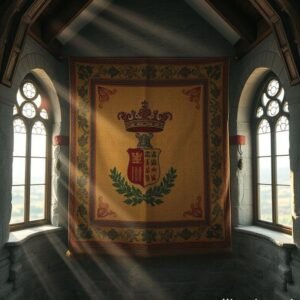The Bombardment of the Kaaba: Examining the Reasons Behind the Attack.

Kaaba Bombardment: Motivations & History
At the heart of Islam’s holiest site, an unprecedented event unfolded, profoundly impacting the foundations of the faith. The Kaaba, the central focus of Islamic devotion, was subjected to bombardment by siege weaponry. This account explores the identity of the figure who authorized this sacrilegious act, the motivations behind it, and the ethical implications of violence within the sacred precinct. This is the narrative of Al-Hajjaj ibn Yusuf al-Thaqafi, Abdullah ibn al-Zubayr, and a power struggle that desecrated the sanctity of Mecca.
The Siege of Mecca (692 AD)
In 692 AD (73 AH), Mecca became the setting for unprecedented and violent events. The Umayyad Caliph Abd al-Malik ibn Marwan, ruling from Damascus, faced a significant challenge from Abdullah ibn al-Zubayr, who had proclaimed himself Caliph in Mecca. Ibn al-Zubayr commanded considerable support in the Hijaz, Iraq, and parts of Syria, posing a substantial threat to the Umayyad state.
Abdullah ibn al-Zubayr: A Challenger to the Umayyads
Abdullah ibn al-Zubayr, a central figure in this account, was a distinguished companion of the Prophet Muhammad and the son of al-Zubayr ibn al-Awam, one of the ten promised paradise. Born during the Prophet’s lifetime, he was raised in a devout and religious environment. He demonstrated exceptional courage and eloquence, inheriting his father’s military acumen and political astuteness. Following the death of Yazid ibn Muawiyah and the brief reign and subsequent abdication of his son Muawiyah ibn Yazid, Ibn al-Zubayr seized the opportunity to declare himself Caliph, capitalizing on the political instability within the Umayyad dynasty.
Abd al-Malik ibn Marwan: The Umayyad Caliph
In contrast, Abd al-Malik ibn Marwan, the fifth Umayyad Caliph, was a resolute and ambitious leader. He perceived Ibn al-Zubayr as a direct challenge to his authority and was determined to suppress the rebellion at all costs. He recognized that controlling Mecca and gaining recognition as Caliph of the Two Holy Mosques would significantly undermine Ibn al-Zubayr’s position and enhance his own legitimacy within the Islamic world. To achieve this objective, Abd al-Malik ibn Marwan entrusted his most accomplished commander, Al-Hajjaj ibn Yusuf al-Thaqafi, with the mission of subduing Mecca and eliminating the sedition led by Ibn al-Zubayr.
Al-Hajjaj ibn Yusuf: The Ruthless Commander
Al-Hajjaj ibn Yusuf was a figure who inspired widespread fear. He was exceptionally intelligent and possessed unparalleled military prowess, but he was also known for his cruelty, tyranny, and ruthlessness. He firmly believed that unwavering obedience to the Caliph was essential for state stability and was prepared to employ any means necessary to achieve this, even if it involved bloodshed and the violation of sacred sites. Al-Hajjaj’s character was complex and multifaceted. He was a successful statesman who restored stability to Iraq after years of conflict and unrest. He implemented comprehensive administrative and economic reforms and promoted the Arabic language and Islamic culture in the regions under Muslim control. However, he was also a despotic tyrant who viewed people as mere instruments to achieve his ambitions.
The Bombardment of the Kaaba
Prior to initiating the siege of Mecca, Al-Hajjaj attempted to persuade Ibn al-Zubayr to surrender, offering him guarantees of safety and amnesty. However, Ibn al-Zubayr refused to yield and maintained his claim as the legitimate Caliph of the Muslims. Consequently, Al-Hajjaj concluded that the use of force was the only remaining option to resolve the conflict. Al-Hajjaj commenced the siege of Mecca in Dhu al-Qadah of the year 72 AH. He imposed a strict blockade on the city, preventing the entry of food and water, with the intention of weakening the resistance of Ibn al-Zubayr and his supporters. As the siege progressed, conditions in Mecca deteriorated, and hunger and disease became widespread among the population.
Subsequently, Al-Hajjaj initiated the bombardment of Mecca using catapults, powerful siege engines designed to launch stones and incendiary projectiles at fortifications and structures. The bombardment was indiscriminate, affecting both residential areas and mosques, resulting in numerous civilian casualties. The Kaaba itself was struck during the bombardment, sustaining significant damage. The walls were damaged, portions of the roof collapsed, and fire spread throughout the Grand Mosque. This act shocked Muslims worldwide, who considered the desecration of the House of God unimaginable.
Motivations and Justifications
Accounts differ regarding the rationale behind Al-Hajjaj’s decision to bombard the Kaaba. Some suggest that he acted on direct orders from Caliph Abd al-Malik ibn Marwan, who viewed Ibn al-Zubayr as an outlaw deserving of punishment. Others contend that Al-Hajjaj made the decision independently, believing it was the only way to compel Ibn al-Zubayr to surrender. Regardless of the underlying motivations, the bombardment of the Kaaba was a reprehensible act that cannot be justified. Al-Hajjaj violated the sanctity of the House of God and disregarded the sentiments of Muslims globally. He demonstrated a willingness to prioritize his political objectives above religious and ethical principles.
The Aftermath and Legacy
The siege and bombardment continued for several months, eventually eroding the resolve of Ibn al-Zubayr and his allies. Many began to defect and surrender to Al-Hajjaj. Ultimately, Ibn al-Zubayr was left with only a small number of loyal fighters, who resolved to fight to the death. In Jumada al-Awwal of the year 73 AH, Al-Hajjaj’s forces stormed Mecca, and a fierce battle ensued in the city’s streets. Ibn al-Zubayr fought with valor and determination but was ultimately overwhelmed. He was killed in battle, demonstrating his unwavering commitment to his principles and values, even at the cost of his life. With the death of Abdullah ibn al-Zubayr, the period of unrest that had plagued the Islamic state for years came to an end. The Umayyads regained control of Mecca, and stability was restored to the Hijaz. However, the bombardment of the Kaaba remained a lasting stain on the history of the Umayyad dynasty, an event that Muslims would never forget. Following the battle, Al-Hajjaj ordered the reconstruction of the Kaaba and the repair of the damage it had sustained. However, the rebuilt Kaaba was not the same as it had been before, having lost some of its sanctity and prestige due to Al-Hajjaj’s actions.
Ethical and Philosophical Implications
The story of the bombardment of the Kaaba raises profound questions about the nature of power, religion, and violence. Can the use of violence, regardless of the cause, ever be justified to achieve political objectives? Can religion be manipulated to justify injustice and tyranny? And can power corrupt individuals to the point of abandoning their values and principles? These questions continue to be debated, and there are no easy answers. However, by studying history and analyzing past events, we can gain valuable insights that help us understand the present and avoid repeating past mistakes.
Prominent Figures and Historical Texts
Let us now return to the specific historical details surrounding this tragic event. Among the prominent figures involved was Asma bint Abi Bakr, the mother of Abdullah ibn al-Zubayr, a wise and prudent woman who encouraged her son to stand firm for the truth and resist injustice. Khalid ibn Yazid ibn Muawiyah, an Umayyad prince, opposed Al-Hajjaj and attempted to persuade Caliph Abd al-Malik to dismiss him. Ata ibn Abi Rabah, a religious scholar and jurist, was among those who criticized Al-Hajjaj’s actions and called for repentance and forgiveness. Al-Walid ibn Abd al-Malik, the Umayyad Caliph who succeeded his father Abd al-Malik, adopted a more tolerant approach towards the Umayyads’ opponents. Tariq ibn Amr, an Umayyad military commander, participated in the siege of Mecca but was less ruthless than Al-Hajjaj. Abdullah ibn Umar ibn al-Khattab, a distinguished companion of the Prophet, was among those who advocated for reconciliation between the Umayyads and Ibn al-Zubayr and the avoidance of bloodshed. Abu Hanifa al-Numan, an Imam and jurist, issued a fatwa stating that it was not permissible to engage in combat against Muslims within the Sacred Mosque of Mecca. Muhammad ibn Sirin, a religious scholar and interpreter of dreams, viewed the bombardment of the Kaaba as a sign of the impending decline of the Umayyad dynasty.
Regarding the historical texts that document these events, the most prominent is “The History of the Prophets and Kings” by al-Tabari, a significant historical source that provides detailed information about the siege of Mecca and the bombardment of the Kaaba. “Al-Kamil fi al-Tarikh” by Ibn al-Athir, a comprehensive historical work, covers the history of the Islamic world from the beginning of creation to the seventh century AH and includes a dedicated chapter on the sedition of Ibn al-Zubayr. “Al-Bidaya wa al-Nihaya” by Ibn Kathir, a comprehensive historical text, examines the history of the world from creation to the author’s time and provides details about the life of Abdullah ibn al-Zubayr and the bombardment of the Kaaba. As for the geographical locations that witnessed these








